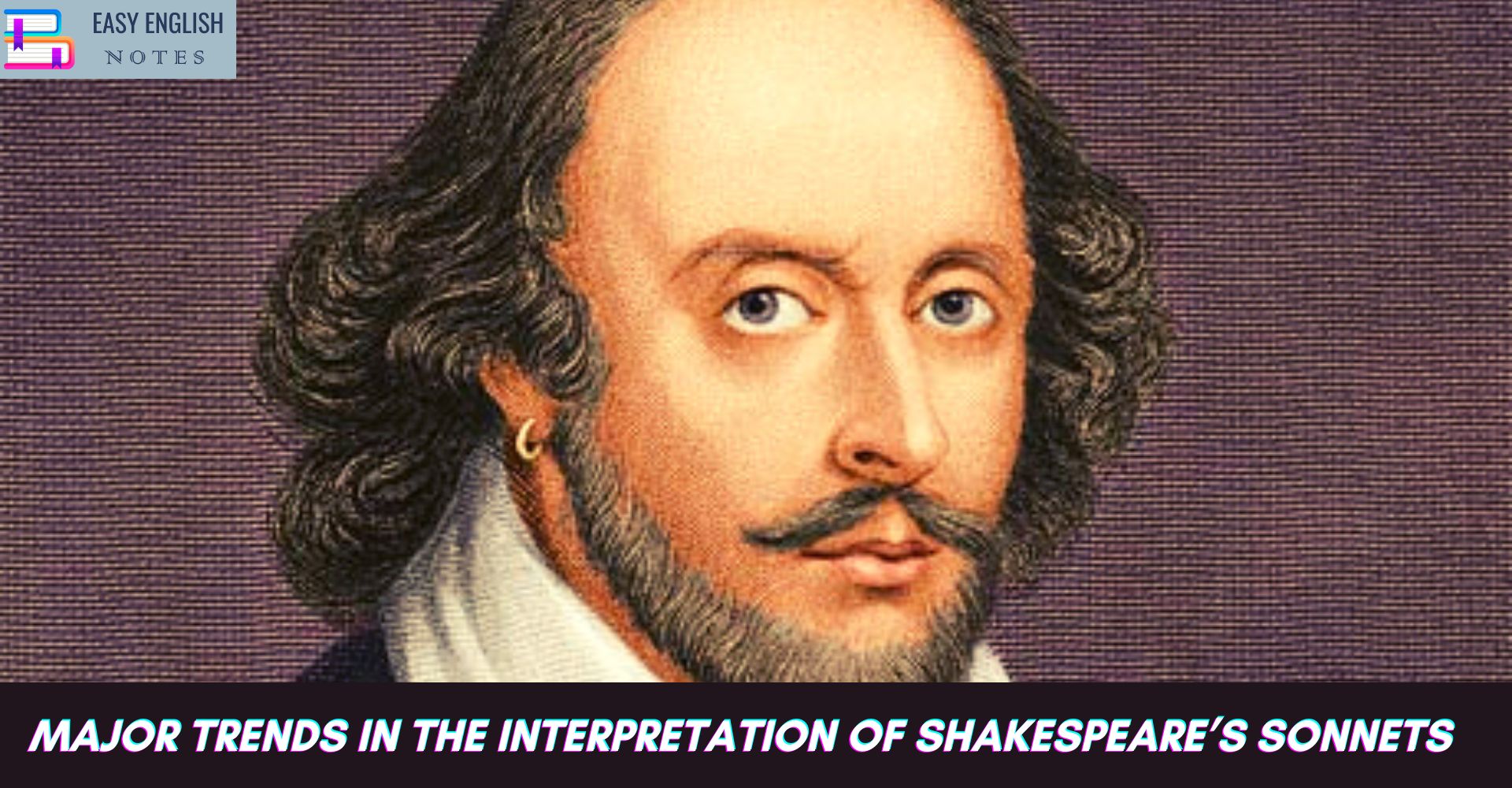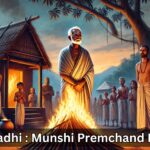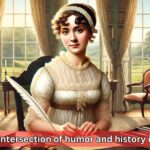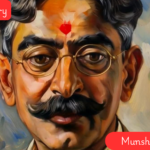There are three well-established trends in the interpretation of the sonnets of Shakespeare. They are: (1) Autobiographical (2) Fictitious and (3) Esoteric. We shall discuss these theories one by one.
1. The Autobiographical Theory:
This theory was launched by Wordsworth and the Schlegel brothers. They assumed that the sonnets were sincere records of real events in the life of Shakespeare and the other person mentioned. Through his critics. Shakespeare unwillingly immortalized dozens of men – earls, merchants, actors, and sea-cooks some of whom may never have lived – and several women. But since none of the suggested identifications and topical allusions are based on factual evidence. They can all be safely discarded.
- A. Nejgebauer
Also Read :
- Compare Hamlet with Macbeth, Othello and other Tragedies
- “The Pardoner’s Tale” is the finest tale of Chaucer
- Prologue to Canterbury Tales – (Short Ques & Ans)
2. The opposing fiction-theory has been held for different reasons:
The nineteenth century concern for Shakespeare’s moral reputation, on which some biographical interpretations throw unfavourable light. Has continued to crop up occasionally: there have also been fresh examples of a sceptical reaction to unsubstantiated biographical claims. But the most impressive to attack was made through the application of a comparative historical study of Renaissance sonnets to the problem of interpretation, particularly by Sidney Lee and MJ. Wolf, who declared that the originals of the persons in the sonnets were easy to find not among contemporaries, but in the conventions of the sonnet-literature of the period. This view had many followers, though inconsistently some of them were prepared to admit a number of clearly personal sonnets among the conventional.
3. Esoteric Interpretations:
These interpretations have no use for a ‘story” or for literary background. They either discover a single special meaning for the whole collection or else they identify the persons as abstractions, whom allusion is made. Thus they reduce the interest in these poems to one idea or a few personifications. Making them appear very dull indeed. For example, we learn from James Edward Geoffrey de Montmorency that “the Friend” is Life and Goodness, and the Dark Lady is Death and Evil. To F. J. Forbes. Shakespeare’s master mistress is wine: on the other hand. He she is defined as “the personification of the poet’s Muse or Genius” by R. L. Eagle: and it has occurred to several critics that the Youth is a symbolic fiction. It is more interesting to find the straight story kept but interpreted imaginatively on a deeper personal level as a record of bisexual integration (a diluted modern version of the imputation of homo-sexuality) and to be reassured that Shakespeare was fortunately in the habit of becoming a woman at times and hence could expand his central themes from the sonnets into dramas, as has been done by GW. Knight in the “Mutual Flame”.
PLEASE HELP ME TO REACH 1000 SUBSCRIBER ON MY COOKING YT CHANNEL (CLICK HERE)











